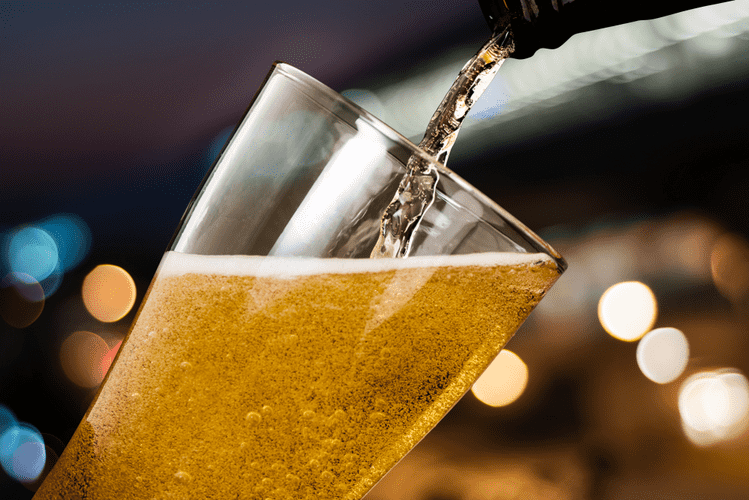Our journalists will continue to cover the twists and turns during this historic presidential election. With your help, we’ll bring you hard-hitting investigations, well-researched analysis and timely takes you can’t find elsewhere. Reporting in this current political climate is a responsibility we do not take lightly, and we thank you for your support. Rumer described the experience as “jarring,” while Tallulah continued to described how her mom became almost childlike. “I made my own story up, that he wanted somebody that he could have wine with and do stuff,” the “Ghost” star said. “He’s not the cause of why I opened that door. I wanted to be something other than who I am and it was literally like giving my power away.”
The Ashton Kutcher Marriage
Demi Moore’s new book, released Tuesday, includes several bombshell revelations, and has prompted a media tour that’s become a heart-wrenching walk down memory lane. Her non-profit organization Thorn (rebranded after the name DNA — as in Demi and Ashton — Foundation became a little awkward post-divorce) has joined forces with Visionary Women, who thanked Moore for her support during an event in Beverly Hills. Dailymail.com has reached out to Kutcher’s reps for comment on this story. Willis will celebrate five years sober next month, while Scout and Tallulah have been sober five and seven years, respectively. Moore, 59, revealed in 2019 that she was nearly eight years sober after relapsing in 2012.
- Moving forward has proven difficult for Demi Moore, however, and family troubles have only added to her isolation in recent years.
- And I think the weight that it put on Ashton — you know, it’s kind of a natural thing to pull back when somebody’s, you know, clinging too tight,” she told Sawyer.
- “She collapsed after having an epileptic seizure,” a friend of the underweight actress exclusively revealed to Radar Online.
Demi Moore Had a Paid 24/7 Companion to Keep Her Sober on the Set of This ’80s Classic
This material may not be published, broadcast, rewritten, or redistributed. The scariest moment of Moore’s downward relapse spiral happened seven years ago, when she was rushed to the hospital after suffering a seizure at a birthday party she attended with Rumer. Moore had smoked synthetic marijuana and inhaled nitrous oxide, also known as “whip-its”. Moore would later say that she felt as if she was “going into the light”, reminiscent of scenes from Ghost.
Inside L.A.’s greatest family feud: Warring brothers. A mother’s choice. Billions at stake
“Sobriety, clarity, and spiritual connectedness feels real good.” In 2018, the Halloween star got very candid about her 10-year addiction to opiates, which began in the late ’80s after a minor plastic surgery “for my hereditary puffy eyes.” The reslt was a prescription that changed her life. “For the last eight weeks maybe, I don’t really know…I’m on them all day,” he said on his Armchair Expert podcast.
Demi Moore ‘Has Done a Great Job of Recovery’: She Wants to ‘Be There for Her Girls’
“Demi is trying really hard to get back into the world of TV and movies right now,” the insider said. “Aside from her new role on Empire next season, she is reading a lot of other scripts and is weighing her options. […] She knows that she needs to get back into the game to survive and has rehired her team of managers and agents to help her with another big break.” Unlike her Brat Pack buddies, Demi Moore’s career continued to go from strength to strength as the ’90s rolled around, becoming one of the biggest stars in the world with her performance opposite the clay pot-molding spirit of Patrick Swayze in Ghost. The supernatural romance was a surprise box office smash, raking in over $500 million worldwide and going on to become the highest grossing film of 1990. Things took a turn for the worse at the midpoint of the decade, however. Rachel Paula Abrahamson is a lifestyle reporter who writes for the parenting, health and shop verticals.
“It was like a few pictures of me on a boat and I’m all, like, bloated out, and I call it pills-and-booze face….My face was just like 10 times more than it is now. And I just didn’t like myself very much, so then I made a change.” The two split up in 2011, and Moore experienced intense struggle during their break-up and its aftermath. In a 2012 incident, Moore smoked an unknown substance that caused her to have a seizure. Later hospitalized anorexia and substance abuse, Moore sought treatment for her substance abuse and co-occurring disorders, and has been sober ever since.
“I feel really, really good, and support from the fans and everything has been really, really good.” The actress, who was joined by daughters Tallulah and Rumer Willis, has previously said she lost how long does weed stay in your system a baby girl she would have named Chaplin Ray. Moore said she and Kutcher took a trip together following her miscarriage and that they allegedly had a conversation about alcoholism during dinner.
They reportedly reached a divorce settlement in 2013, not long after Kutcher began dating his “That ’70s Show” costar Mila Kunis, whom he later married and had two children with. Demi Moore’s call for women to unite is particularly timely considering what’s happening in Hollywood right now. But in an unexpected turn of events, the actress has been dragged into the sexual abuse scandal herself — and she’s on the wrong side of it. As the ramifications of prolific predator Harvey Weinstein’s downfall continue to grip Tinseltown, more and more stars are being implicated. Maybe we should have, however, as the evidence has actually been on YouTube for years. Moore said in the book that breaking sobriety early on in the relationship led to increased substance abuse in the aftermath of a miscarriage she suffered while six months pregnant, according to Radar.
She later took a break from Hollywood to raise her three daughters with then-husband Bruce Willis. “I think that we did a magnificent job of making sure that our children knew they were loved,” she said. “I don’t think it was a straightforward transaction, but she still did give him the access and put me in harm’s way,” she told Sawyer. Surprisingly, Moore dedicated the tome to her mother and her own three daughters. Footage of the frivolities (shot by Entertainment Tonight) first found its way online in 2012 but has been largely ignored until recently.
After the success of St. Elmo’s Fire, Moore became an in-demand actress. As her film career progressed, she married actor Bruce Willis, with whom she has three daughters. In her late teens, Moore began to abuse alcohol and drugs—which eventually resulted in a warning from her St. Elmo’s Firedirector Joel Schumacher. Moore subsequently attended a rehab program, though her battles with substance abuse were far from over. If you are a woman in Colorado, your best, most trusted-resource is Women’s Recovery.
Demi Moore was named woman of the year at the Peggy Albrecht Friendly House’s 29th Annual Awards Luncheon on Saturday — and she took the opportunity to get candid about her own recovery. A source told PEOPLE in October the reason why Kutcher has kept silent in light of Moore’s memoir, Inside Out. “I took a picture of her and asked her before I put it out to the world. And then I sent it really quick. It’s a good butt — it’s a really good butt. And people saw it. You could see that at the beach.”
The actress, 56, appeared on the Facebook Watch show Red Table Talk on Monday to speak about her struggles with addiction and her marriage to the actor, 41. Demi Moore has struggled to keep it together since her six-year marriage to Ashton Kutcher came crashing down amid allegations that her much younger (15 years, to be exact) husband had been cheating on her with women closer to his own age. The final straw came when 22-year-old part-time model Sara Leal spilled the beans about sleeping with Kutcher on his and Moore’s wedding anniversary (ouch!), prompting the actress to release a statement confirming their split. “As a woman, a mother and a wife there are certain values and vows that I hold sacred, and it is in this spirit that I have chosen to move forward with my life.” “I feel like there’s a defining moments in our lives that shape who we are and the direction we go and early in my career, I was spiraling down a path of real self-destruction and no matter what successes I had, I just never felt good enough,” the star recalled. “I had absolutely no value for myself and this self-destructive path, it very quickly brought me to a real crisis point and it wasn’t clear at the time the reason. Maybe it was divine intervention.”
The bespectacled teen had a memorable evening, living out the fantasy of millions of 15-year-old boys growing up in the 1980s — Moore, who was aged 19 at the time, made out with him no less than three times. “I am so grateful and honored to be a part of their family, and to have Thorn under their umbrella of support,” she told Entertainment Tonight in an exclusive interview. “It’s the collective that makes the difference, chronic relapsing disease and it’s time for women to not fight, but just to unite.” The older she got, the more desperately she tried to hang on to her good looks, reportedly turning to plastic surgeons for help. Various tabloid reports claimed the aging actress spent as much as $400,000 on a full body makeover that included collagen injections in her lips, porcelain caps on her teeth and liposuction on her stomach, thighs and bottom.
“There is a man who would be considered my biological father who I don’t really have a relationship with,” she would say in a later interview. Their once-perfect marriage quickly turned to shambles, and according to Moore’s recently published eye color may be linked to alcohol dependence memoir, Kutcher would shame her for drinking. He even took to his Twitter account to post photos of Moore in an intoxicated state. “I really lost sight of everything that was right in front of me, which is the family I had.



